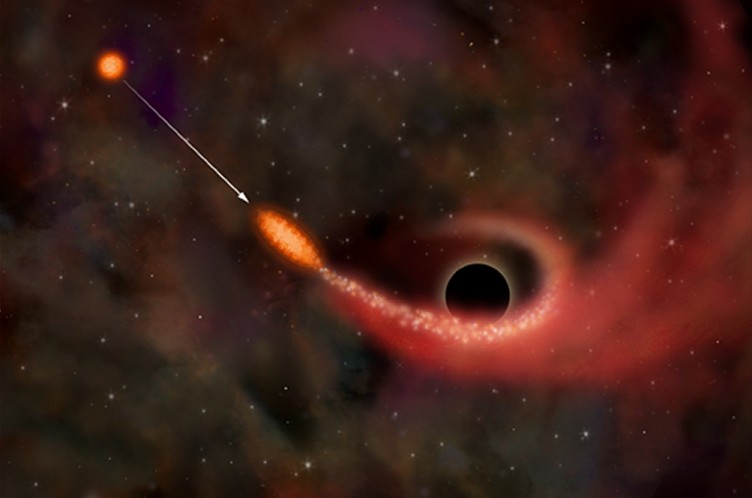
|
Main Topics > Black Holes and Wormholes(introduction)
Black holes are a phenomenon predicted by Albert Einstein's General Theory of Relativity, which was published in 1916. In fact, the idea of a black hole was proposed as early as 1783 by the amateur British astronomer John Michell (and independently by the Frenchman Pierre-Simon Laplace in 1795). Ironically, Einstein himself did not believe in the existence of black holes, and he strongly resisted the idea, even though his own theory predicted them. The general scientific consensus is now that black holes do in fact exist, and that they are actually one of the most important features of our universe. Astronomers have detected them indirectly in enough different ways that there is little doubt of their existence. A black hole (the phrase is usually credited to the American physicist John Wheeler in 1967, and is certainly a distinct improvement on the original label of “gravitationally completely collapsed objects”) is a region of space in which the gravitational field is so powerful that nothing, including electromagnetic radiation such as visible light, can escape its pull - a kind of bottomless pit in space-time.
At its center lies an infinitely small, infinitely dense singularity, a place where the normal laws of physics break down. As the comedian Steven Wright once remarked: “Black holes are where God divided by zero”. Einstein’s work was also at the heart of the theory of wormholes, or “bridges” as he called them. The idea of a hypothetical topological feature of space-time that is essentially a short-cut through space and time, potentially linking widely separated parts of the universe (or even different universes), has been understandably much loved by science fiction writers over the years, although there is also much theoretical work to support them. To better understand how black holes might be formed, a little background knowledge of the life cycle of stars is useful (which will be covered in the following section), as well as an understanding of general relativity and curved space-time (which is a separate topic in its own right).
|
Back to Top of Page
Introduction | Main Topics | Important Dates and Discoveries | Important Scientists | Cosmological Theories | The Universe By Numbers | Glossary of Terms | A few random facts | Blog | Gravitational Lensing Animation | Angular Momentum Calculator | Big Bang Timeline
NASA Apps - iOS | Android
The articles on this site are © 2009-.
If you quote this material please be courteous and provide a link.
Citations | Sources | Privacy Policy
